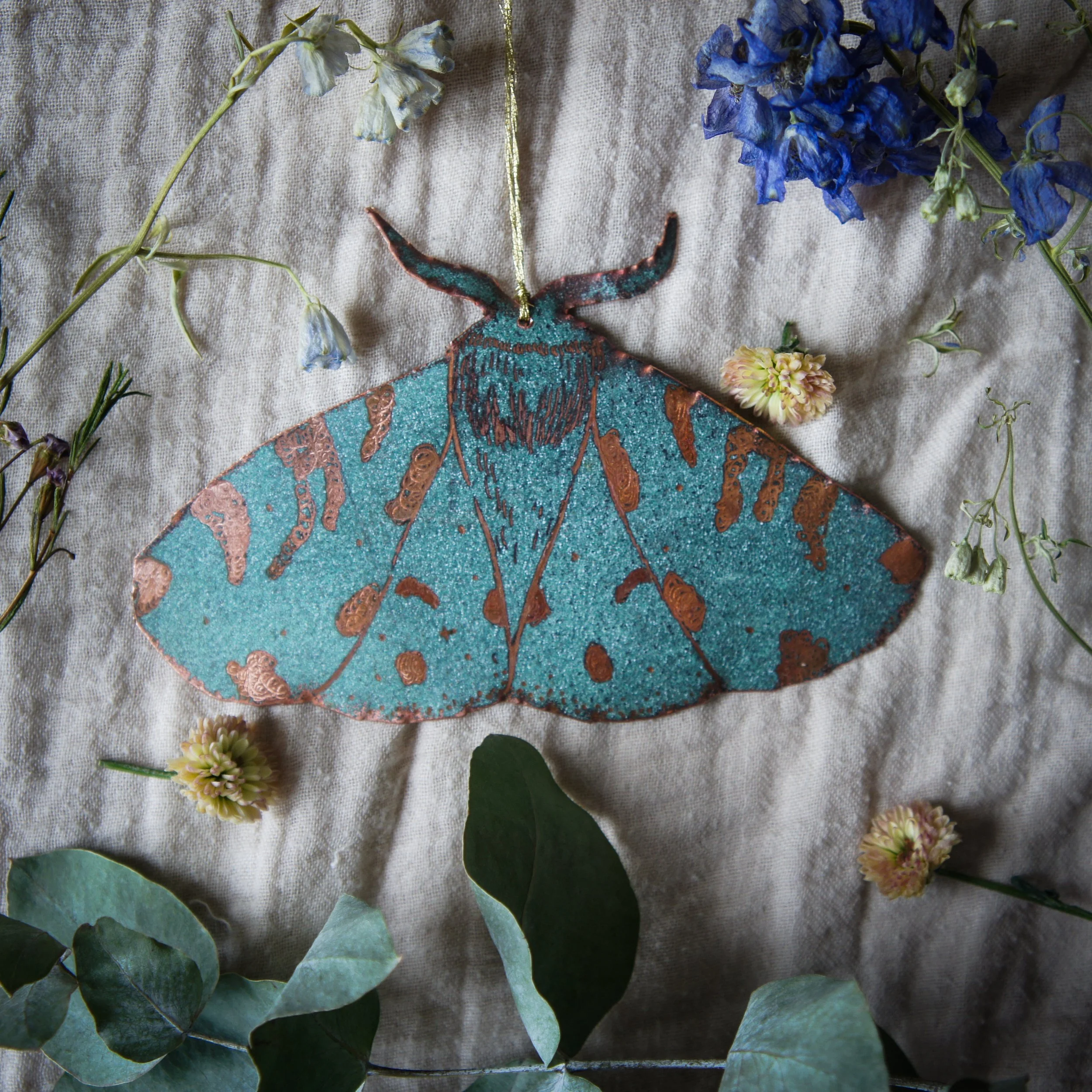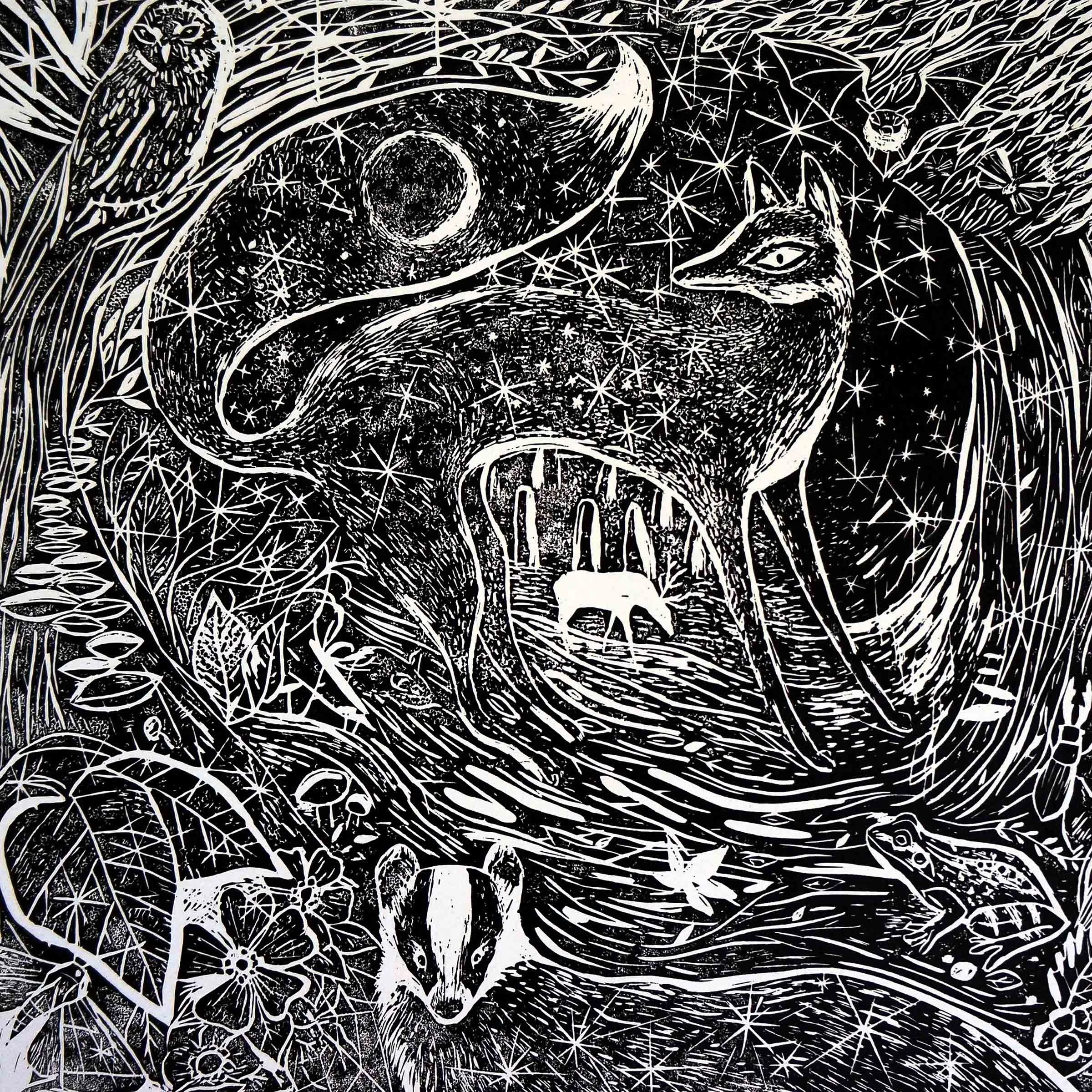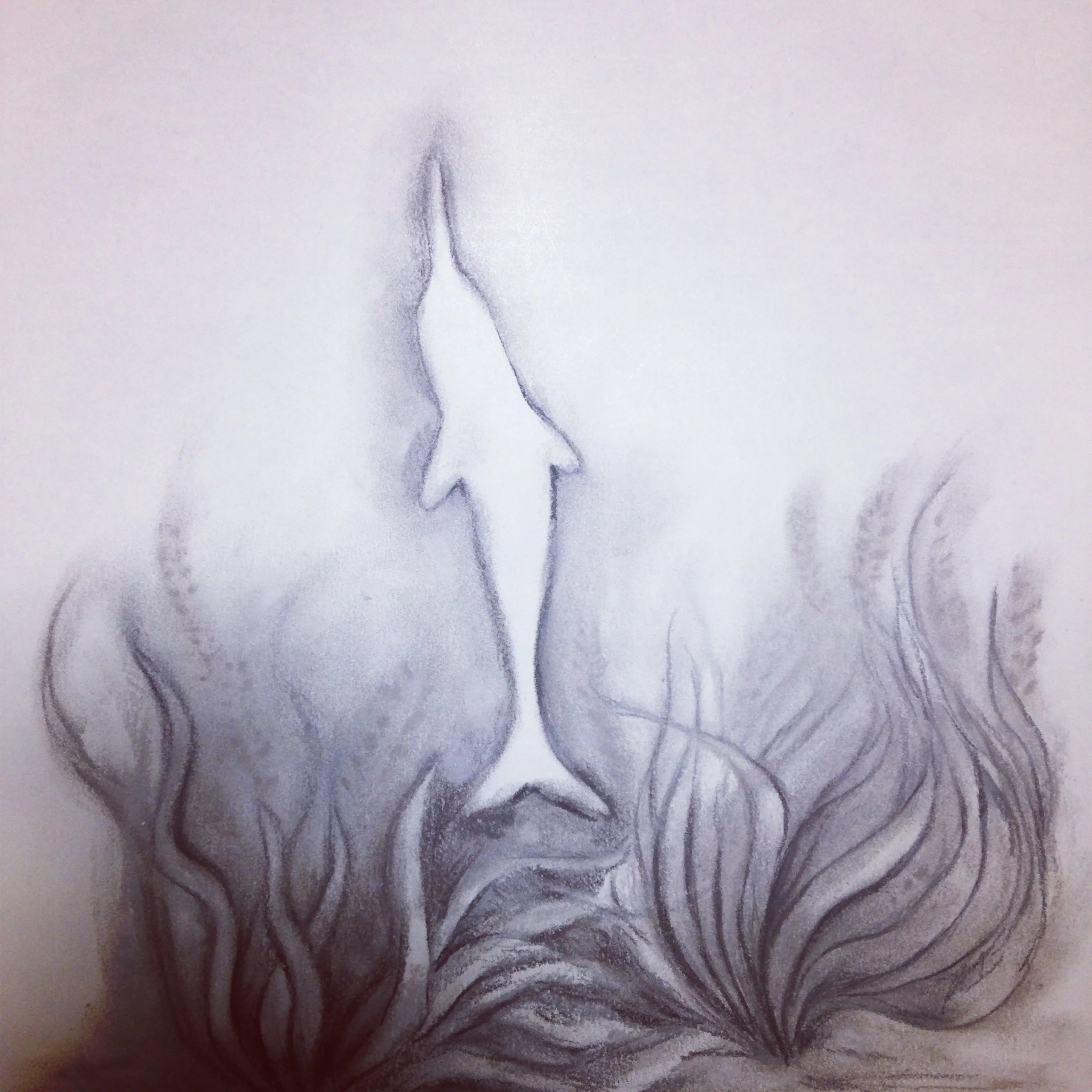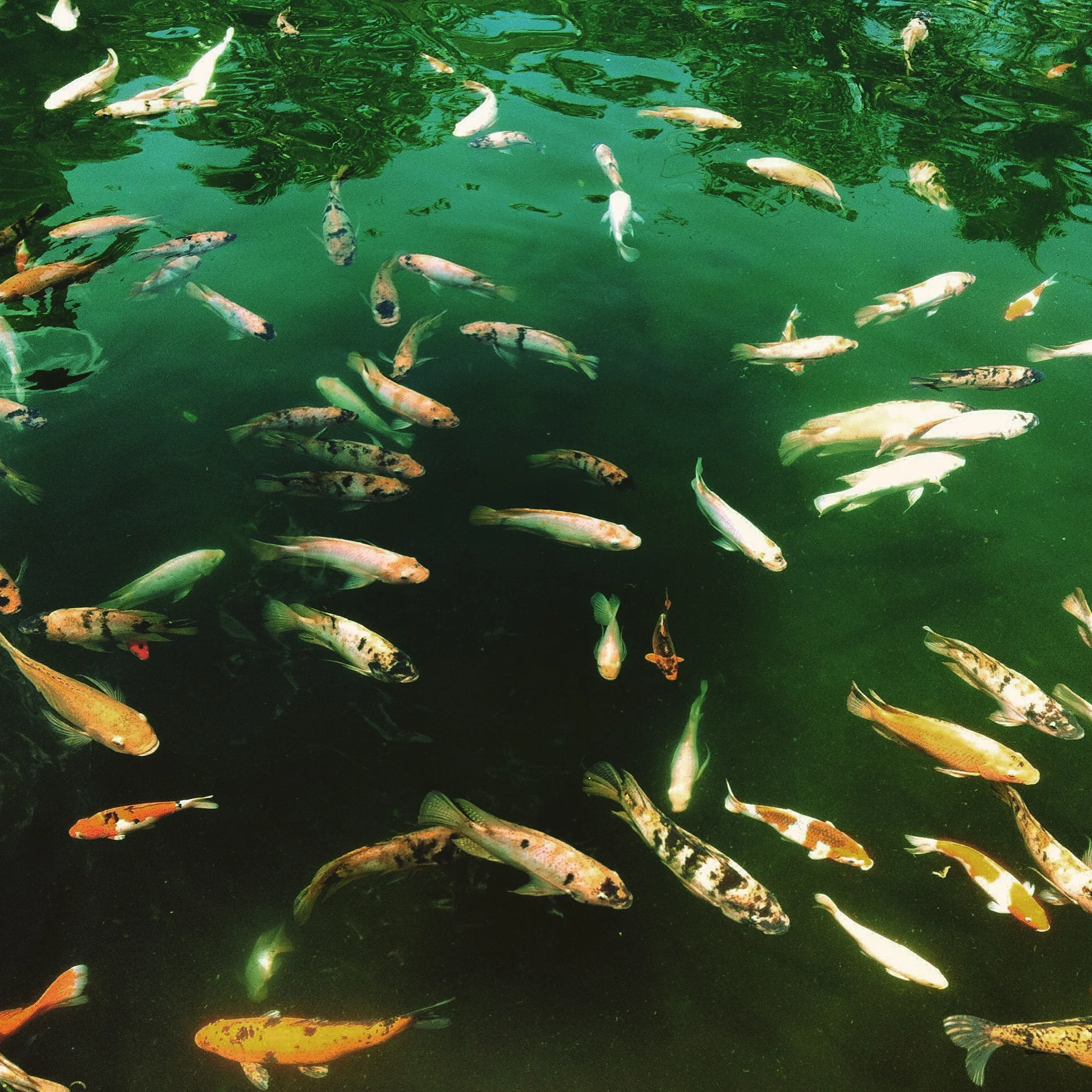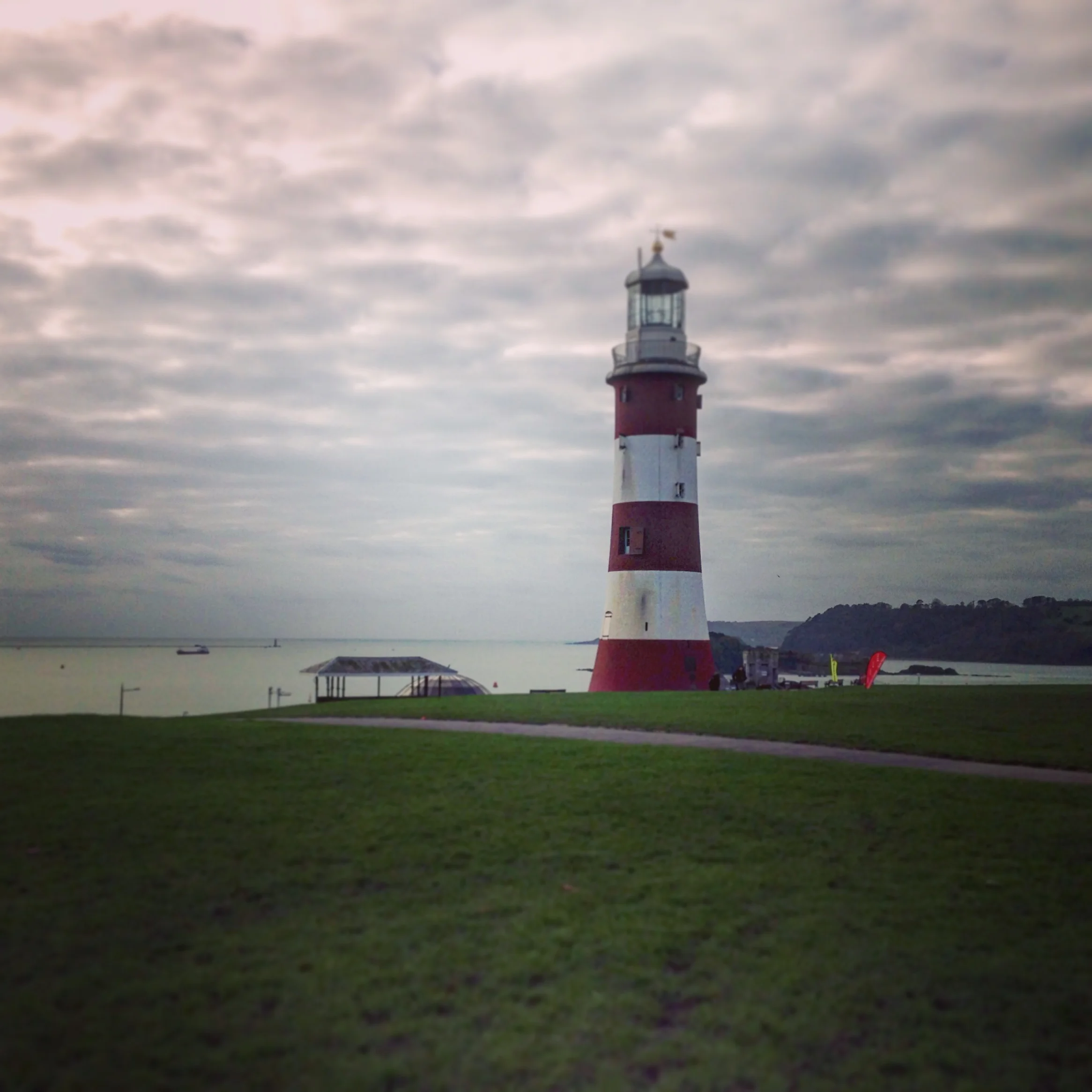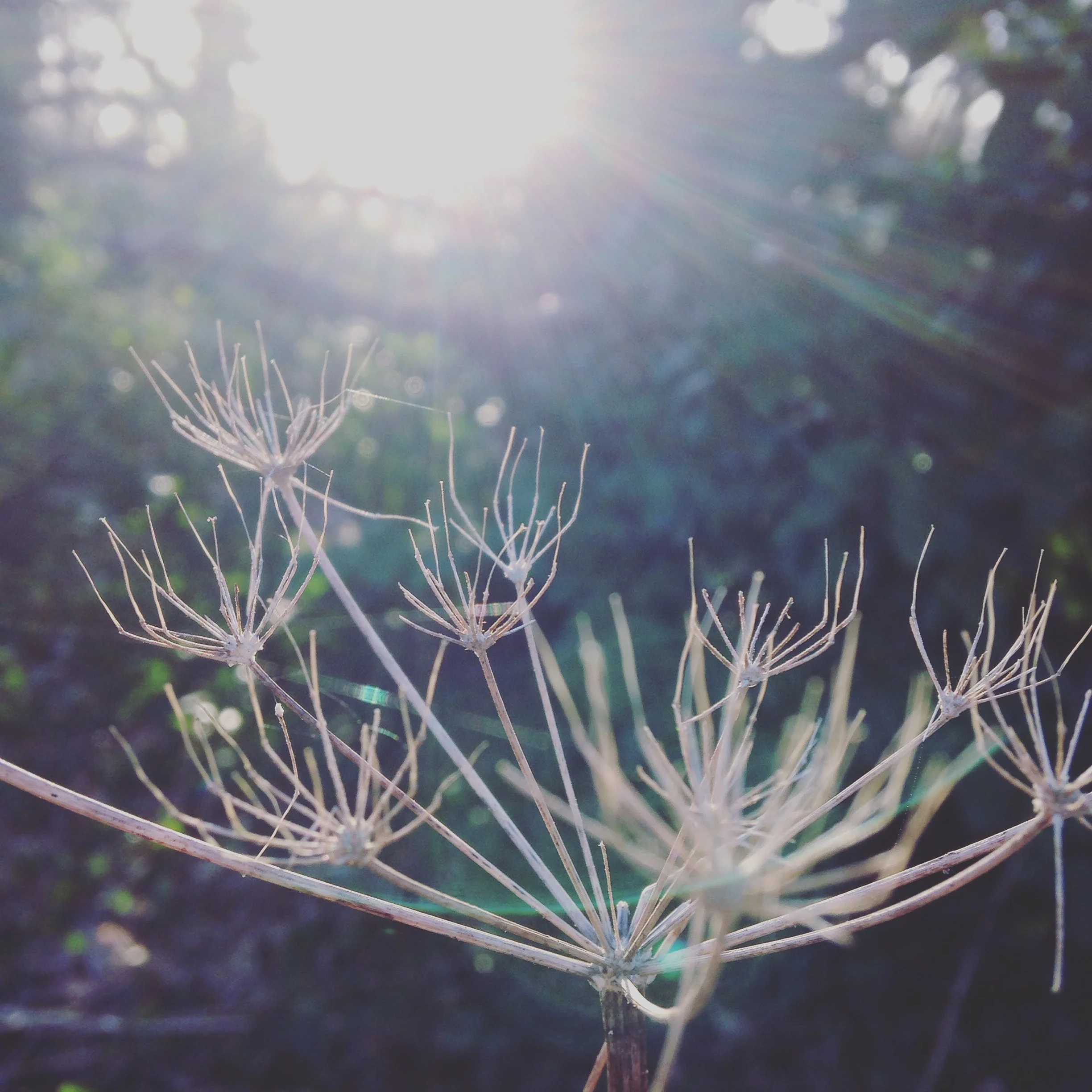We live in a throwaway society and culture, the vulnerability of the medium, perhaps also reflecting the vulnerability of the animal world and ecosystems.
The process the paper has undergone, it has transformed, from seed in the soil to tree to pulp to paper, to printer, the life is transformed, metamorphosised and then discarded. As the human-animal, this is what we do, every day, to many animal, plant, mineral and elements.
"Our culture values product. We live in a culture that has very little understanding of - and therefore little value for process." BK Loren
Newspapers possess the most ephemeral quality of all reading materials. I collect my newspaper from inside a shed belonging to shared accommodation where all the residents place it inside the recycling bags. I do not have to purchase it, as it is so readily created and I can find it for free, and once used has no longer given value to it, it is a quick turnover from being manufactured, sold, bought and discarded, much like cardboard and plastic packaging on many products .
Given that paper is so easily attainable, and open to being transformed, it's own becoming through imagination and hands through a process of adding moisture, has been seen throughout the centuries and again more recently in response in the face of political and social disturbance.
https://www.smithsonianmag.com/travel/Haiti-Jacmel-papier-mache-parade-180962549/
"But nature can never be a thing. Unlike any object created by humans, nature is always in process. It never is. It is constantly becoming. When it stops becoming, it transforms into not - nature. Then, it is sheer object ( a tree = a chair, an element = a bomb). And in our mainstream culture, objects are either used or discarded." BK Loren
If we are to remove process in nature, we remove a dreaming, a becoming, from our bodies, and the bodies of otherness. You can still have a process through mechanism, but the output or ending is determined. There is no discovery, or rather shedding in certain mechanistic reproductions. We as humans, non-humans and nature are phenomena that shed our interior selves, which alternates and cocreates the variety and shape of physical existences, realms going outwards in spiralling time.
The space between the hand and the eye is sometimes called 'the magic space' where psyche or as Hillman writes 'container' and imagination come into play when tuned in our containers Hillman describes that we are opening up to our wounds and afflictions, with the grief of ongoing species degradation and a sense of loss, witnessing acts of becoming are hugely consoling, art is connected to social change, and a revival of repurposing materials, which in turn reflect a time of how slowing down is detrimental for ongoingness of life. Repurposing what we have as opposed to consuming new is a minor disturbance in the system, a minor disturbance in a mechanised system of waste discarding process and of consumption of new.
Paper is prolifically produced, discarded and recycled and resold cheaply and most today do undergo several generations of a process of recycling through machine.
Paper was once imported from Asia, and mills to produce paper by hand survived in Britain until the industrial revolution. Papermaking is associated with craft and recycled paper making has recently had a resurgence due to the easy obtaining of paper materials. people Those who do seem to continue to re-make by recycling paper by hand sometimes add elements to the paper, such as scent, seeds, flowers and natural dyes, in this process the paper seems to take on an unexpected character of its own, due to the cellulose contained within it. It rather resembles more of what its plant life existence was before in texture. I am choosing to recycle the paper but into a three-dimensional form with which I often have the intention to take on the shape of some animal form.
The tearing and deconstructing and remaking, emerging shapes that change depending on water, salt and air, once dry I paint them, just enough that the original printed script still shows, revealing, as I feel the act of newness is not detrimental I am not attempting to present an entirely shifted object with unrecognisable beginnings, but more to show that it has gone through a re-making, a process that is not quite finished, to celebrate the becoming, but also, in turn, rethink it, reclaim it and relearn it. Nature and soul spirals, it is not a straight line, it goes in circles and unexpected motions, curlicues and turns.
Paper has its own sort of disobedience if you go against the grain of it, I discovered this whilst making pages for a handbound book with my bone folder, the paper informs you by resistance until you go with the grain, the paper continues to push, and many creases and lines are emitted from the intended fold.
Paper, being a cellulosic material meaning the containing of microorganisms, these shift, or dissolve in water, a process that makes recycling paper by hand possible.
The term paper-mâché can be roughly translated as “chewed paper,” presumably because the original paper becomes destroyed to a certain extent (DeVoe 1971).
The slowness of formation, the forms of papier-mache develop at its own speed, a process that adheres to the element of air due to the adage of water.
Drying time depends on the overall atmospheric conditions if left solely to. This can be a slow process, which requires time and patience. The overall end effect is also an unfolding of sorts, much like a body, wetness in this new becoming, like birth and gradual shrinkage, thinness like that discovered in the ageing process.
Kiki Smith, artist of papier-mache "Hard Soft Bodies" (1992) expressed a preference for "Materials that don't have much significance to power."
"Her work illuminated how much paper is like skin, at once frail and robust, susceptible to puncture and able to weather the years. The act of using paper-mâché itself can be read as a pantomime of caring for such bodies: bandaging the skinned knee, wrapping the corpse." - NewYorkTimes
The overall outer exterior of layered papers can resemble that of skin, and such as skin, degrades and weathers over time. Porous and impermanent, unlike gold or metals.
Animals share this vulnerability with paper. Paper animals are found in origami and south-east Asian paper kite making traditions.
"The cause of our suffering is ignorance, a false way of looking at reality, Thinking the impermanent is permanent that is ignorance.
From ignorance is born greed, anger, fear, jealousy and countless other sufferings. The path of liberation is looking deeply at things in order to truly realise the nature of impermanence, the absence of a separate self, and the interdependence of all things. This is the path that overcomes ignorance. that is true liberation." ~Thich Nhat Hanh






























